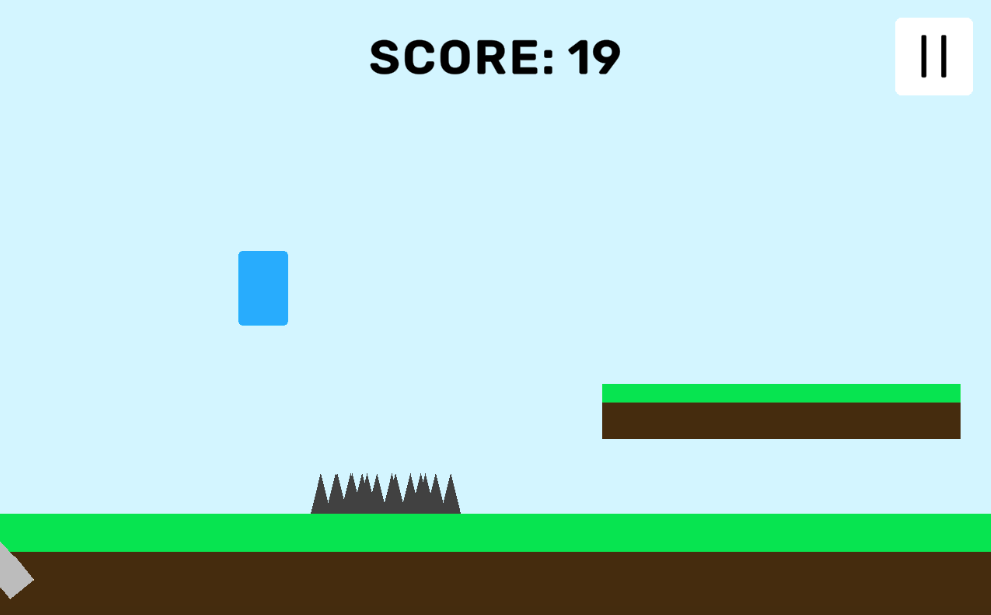One Button (eboatwright) Mac OS
macOS alerts you when an externally connected drive was unmounted before the operating system had a chance to tidy up all the loose ends on it. In some cases, you may be unable to remount a drive ejected early due to a power outage, shutting a computer down abruptly, or pulling a plug before macOS was ready.
A few Terminal commands can help in at some cases, including solving a problem for one Macworld reader who had amassed three drives that could be mounted under Windows but macOS refused mount or allow Disk Utility to perform repairs on. (This problem may affect drives formatted for Windows and macOS mounting more than HFS+ or APFS formatted drives, but it’s unclear.)
- Horizon View Client 2.3 for Mac OS X or a later release Horizon View Client computer or client access device n Real-Time Audio-Video is supported on Mac OS X Mountain Lion (10.8) and later. It is disabled on all earlier Mac OS X operating systems.
- Mac OS X and at least a two-button mouse are a powerful combination. Related MacDailyNews articles: Macworld Poll: 34 percent say Apple Mac one-button mouse a mistake – April 07, 2004.
Reset SMC: Shut down your Mac, and then press and hold the left-side Shift (⇧)—Control (⌃)—Option keys along with the Power (⎋) button, all at the same time, until the computer turns on. Now release the keys and then turn your Mac back on using the power button. Other keyboard shortcuts are available after your Mac has started up.
First, you need to find out what macOS’s internal representation of the disk is:
Plug the drive in and power it up if necessary.
Launch Terminal.
Type the following and press Return:
diskutil listIn the resulting list, find the disk number associated with the unmounted volume. You may see multiple entries that start the same (as in the figure), such as
disk3,disk3s1, and so forth. The first part is all that’s needed.Type the following and press return:
diskutil eject diskX(replace
diskXwith the number of the disk, likedisk3).Power down the drive if it has a power switch. Disconnect it from the Mac in all cases.
Reconnect the drive and power it up if necessary. It should now appear on the desktop.
The Macworld reader who reported this problem and that the solution worked for some drives had to use an additional bit of troubleshooting to fix another. A background process called QuickLookSatellite, which manages some aspects of generating previews for QuickLook in the Finder and elsewhere, had stalled. You can force quit that process via Activity Monitor:
Launch Applications > Utilities > Activity Monitor.
In the find field in its upper-right corner, enter
QuickLookSatellite.Select each match that appears and click the X (Force Quit) button in the top-level corner, and confirm by clicking the Force Quit text button.
QuickLook will automatically restart any processes it needs, so there’s no need to launch the background process by itself.
This Mac 911 article is in response to a question submitted by Macworld reader Fiona.
Ask Mac 911
We’ve compiled a list of the questions we get asked most frequently along with answers and links to columns: read our super FAQ to see if your question is covered. If not, we’re always looking for new problems to solve! Email yours to mac911@macworld.com including screen captures as appropriate, and whether you want your full name used. Not every question will be answered, we don’t reply to email, and we cannot provide direct troubleshooting advice.
How to start up in macOS from Windows
- From the notification area on the right side of the Windows taskbar, click to show hidden icons.
- Click the Boot Camp icon .
- From the menu shown, choose Restart in macOS.
If you haven't installed the latest Boot Camp updates, you might get the message ”Could not locate the OS X boot volume.'
Or use Startup Manager as your Mac starts up:
- Restart your Mac from the Start menu in Windows.
- Press and hold the Option (or Alt) ⌥ key as your Mac begins to restart.
- Select your Mac startup volume (Macintosh HD) in the Startup Manager window, then press Return or click the up arrow:

How to start up in Windows from macOS
- Use Startup Manager to choose your Windows (Boot Camp) volume during startup.
- Or select your Boot Camp volume in Startup Disk preferences, then restart.
One Button (eboatwright) Mac Os Download
Learn more
One Button (eboatwright) Mac Os 11
- If you're having difficulty using VoiceOver or another screen reader to complete these steps, please contact Apple Support.
- Learn how to install Windows 10 on your Mac.